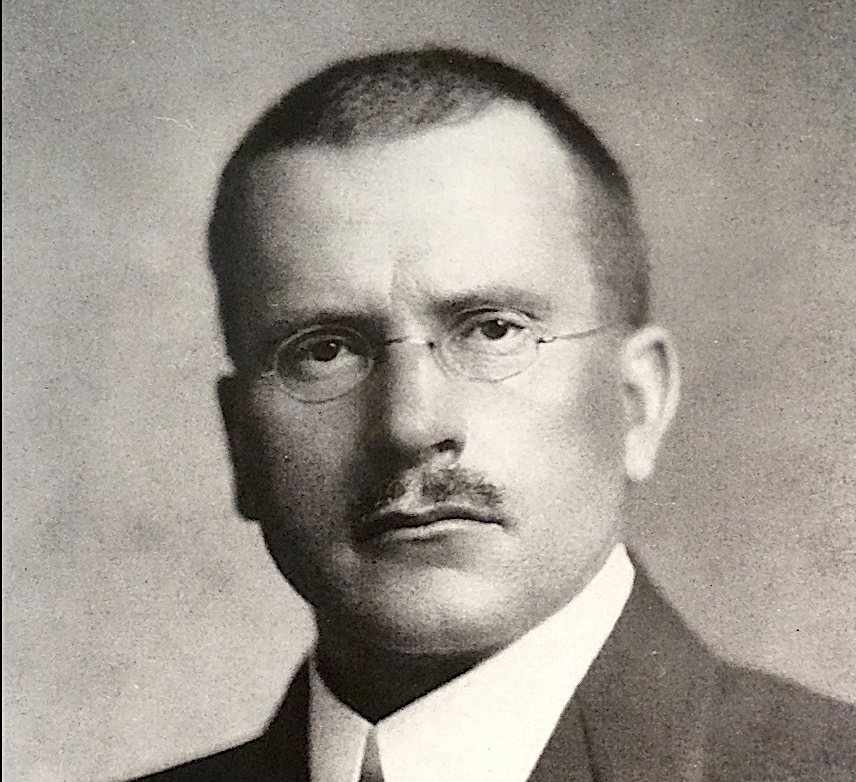In the video above, poet, artist, National Book Award winner, and “godmother of punk” Patti Smith reads a selection from Virginia Woolf’s 1931 experimental novel The Waves, accompanied on piano and guitar by her daughter Jesse and son Jackson. The “reading” marked the opening of “Land 250,” a 2008 exhibition of Smith’s photography and artwork from 1965 to 2007, at the Fondation Cartier pour l’art contemporain in Paris.
I put the word “reading” in quotes above because Smith only reads a very short passage from Woolf’s novel. The rest of the dramatic performance is Smith in her own voice, possibly improvising, possibly reciting her homage to Woolf—occasioned by the fact that the start of the exhibition fell on the 67th anniversary of Woolf’s death by suicide. Of Woolf’s death, Smith says, “I do not think of this as sad. I just think that it’s the day that Virginia Woolf decided to say goodbye. So we are not celebrating the day, we are simply acknowledging that this is the day. If I had a title to call tonight, I would call it ‘Wave.’ We are waving to Virginia.”
Smith’s choice of a title for the evening is significant. She titled her 1979 album Wave, her last record before she went into semi-retirement in the 80s. And her exhibition included a set of beautiful photographs taken at Woolf’s Sussex retreat, Monk’s House. Her performance seems like an unusual confluence of voices, but Woolf might have enjoyed it, since so much of her work explored the uniting of separate minds, over the barriers of space and time. While Smith expresses her indebtedness to Woolf, one wonders what the upper-class Bloomsbury daughter of a well-connected and artistic family would have thought of the working-class punk-poet from the Lower East Side? It’s impossible to say, of course, but somehow it’s fitting that they meet through Woolf’s The Waves.
Woolf’s novel (she called it a “playpoem”) blends the voices of six characters, but Woolf didn’t think of them as characters at all, but as aspects of a greater, ever-shifting whole. As she once wrote in a letter:
The six characters were supposed to be one. I’m getting old myself now—I shall be fifty next year; and I come to feel more and more how difficult it is to collect oneself into one Virginia; even though the special Virginia in whose body I live for the moment is violently susceptible to all sorts of separate feelings. Therefore I wanted to give the sense of continuity.
Speculation over Woolf’s mental health aside, her references to voices in her letters, diaries, and in her eloquent letter to Leonard Woolf before she died, were also statements of her craft—which embraced the inner voices of others, not letting any one voice be dominant. I like to think Woolf would have been delighted with the fierceness of Smith—in some ways, Virginia Woolf anticipated punk, and Patti Smith. In her own voice below, you can hear her describe the words of the English language as “irreclaimable vagabonds,” who “if you start a Society for Pure English, they will show their resentment by starting another for impure English…. They are highly democratic.”
The recording below comes from an essay published in a collection—The Death of the Moth and Other Essays—the year after Woolf’s death. The talk was called “Craftsmanship,” part of a BBC radio broadcast from 1937, and it is the only surviving recording of Woolf’s voice.
Note: An earlier version of this post appeared on our site in 2013.
Related Content
Patti Smith’s Polaroids of Artifacts from Virginia Woolf, Arthur Rimbaud, Roberto Bolaño & More
Patti Smith’s 40 Favorite Books
Josh Jones is a writer, editor, and musician based in Washington, DC. Follow him @jdmagness


